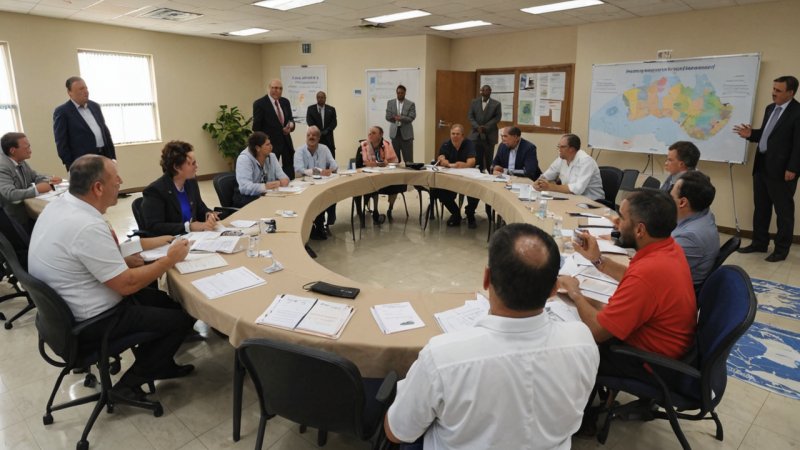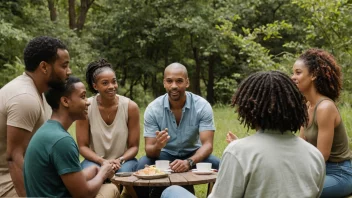Disasters can strike unexpectedly, testing the resilience of communities and the effectiveness of their response systems. One of the most effective ways to bolster disaster response is through collaboration with local governments. This article will delve into the practical steps individuals and organizations can take to forge partnerships with local authorities, ultimately enhancing disaster preparedness and response.
To begin with, it is crucial to understand the roles that local governments play in disaster management. They are often the first line of defense during emergencies, coordinating response efforts and allocating resources. Therefore, establishing a partnership with local government officials is essential for developing a comprehensive disaster management strategy.
The first step in building a partnership is to identify the key stakeholders within local government. This includes emergency management coordinators, public safety officials, and community leaders. Establishing connections with these individuals can be achieved through community meetings, workshops, and networking events. Engaging in conversations about disaster response can foster mutual understanding and highlight the importance of collaboration.
Next, it is important to assess the existing disaster preparedness plans established by local authorities. This may involve reviewing documents, attending planning sessions, or participating in local emergency response drills. By understanding the current framework, individuals and organizations can identify gaps and areas for improvement that could benefit from their expertise and resources.
Individuals and organizations can offer their skills and resources to support local government initiatives. For instance, if a local government lacks volunteers for community outreach programs, organizations can mobilize their networks to provide assistance. They can also offer training services, technical expertise, or materials that can enhance local disaster preparedness efforts.
Furthermore, education plays a vital role in disaster response. Individuals and organizations can collaborate with local governments to develop training programs that equip community members with the knowledge and skills needed during emergencies. This includes first aid training, crisis communication strategies, and evacuation planning. By empowering citizens through education, communities can become more self-sufficient and capable of responding effectively to disasters.
Another important aspect of collaboration is the establishment of communication channels. Local governments should be encouraged to share information about disaster preparedness and response initiatives through various platforms. Creating a centralized communication system can ensure that residents receive timely updates during emergencies and can access resources when needed. Individuals and organizations can help facilitate this by promoting local government initiatives through social media, newsletters, or community events.
In conclusion, partnering with local governments is essential for creating effective disaster response systems. By identifying key stakeholders, assessing existing plans, and offering support and education, individuals and organizations can significantly enhance community preparedness. Together, we can foster a culture of collaboration that not only strengthens disaster response but also builds resilient communities capable of weathering any storm.
Creating Effective Disaster Response with Local Governments
Discover how collaboration with local governments can enhance disaster preparedness and response efforts in your community.






